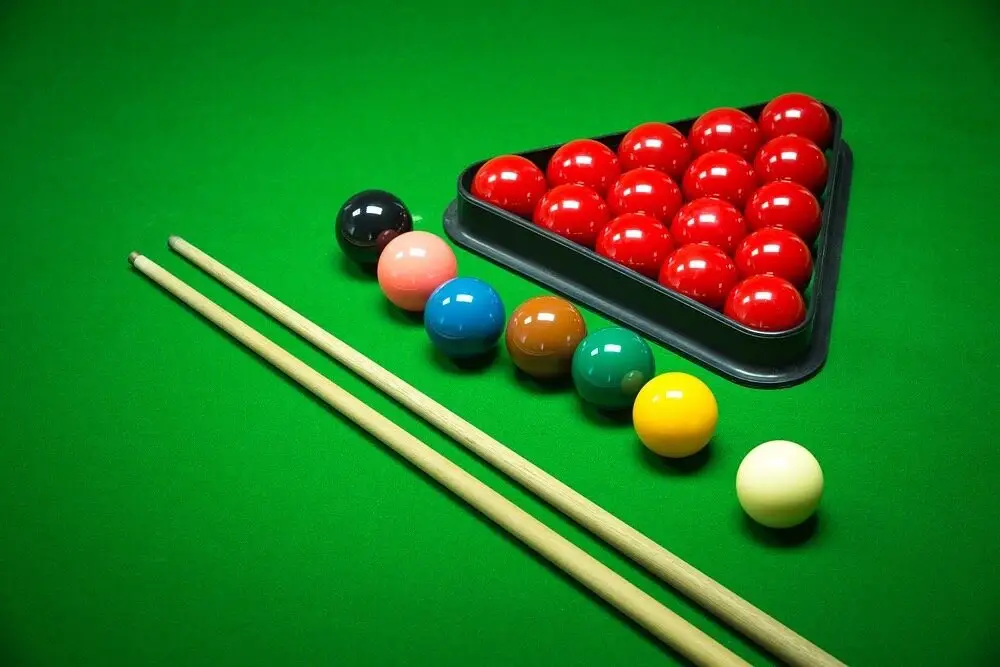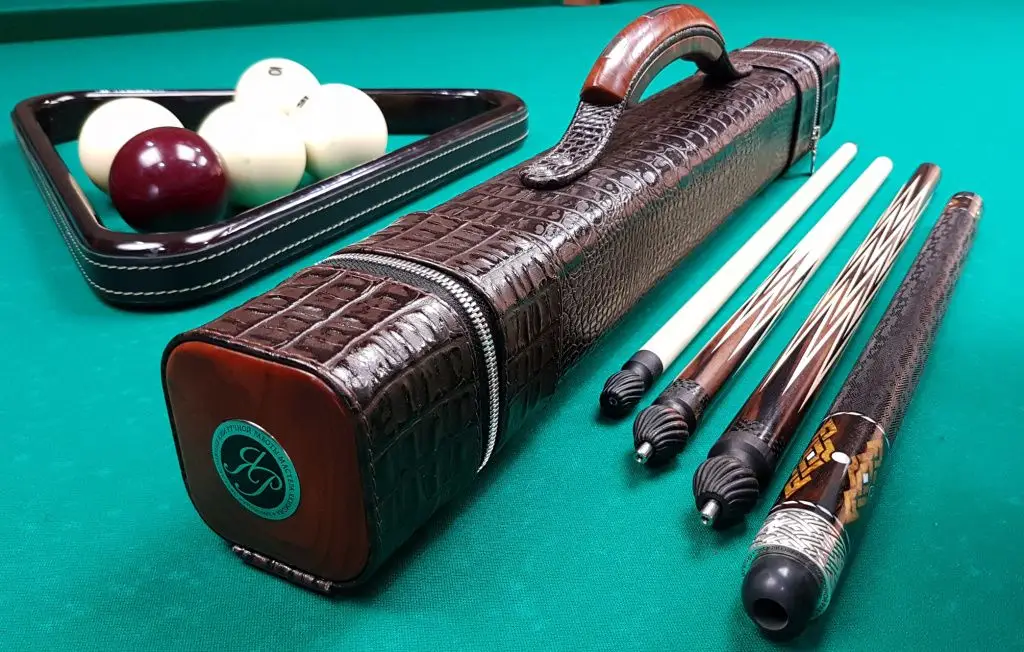The course of the game begins not with the cue, but with a precise understanding of the situation. The ball is not just an object, but the main argument of strategy. Each strike creates a result fixed not by force, but by precision, angle, rotation. To master how to hit the ball in billiards, one needs not just knowledge of the trajectory, but the ability to read the table like an experienced financier reads the stock market.
How to Hit the Ball in Billiards: Mechanics
The starting position determines everything. The angle of body tilt, grip height, hand position – each detail changes the trajectory. Proper execution is impossible without understanding the basics. The cue during movement should continue the straight axis, eliminating jerks, delays, and lateral shaking.

Accurate hitting depends on a stable stance and clear shoulder placement. Aiming requires not force, but correct directionality. Beginners in billiards learn the technique from a simple straight shot without using rotation. Only after mastering the basics should rotation, side spin, and draw power be introduced.
Differences in Shots: Arsenal of Strikes
Technique is always based on choice. Different types of shots in billiards solve different tasks. Each of them affects the behavior of the ball, the angle of rebound, the distance of movement, and speed.
Examples of common types:
- Stop Shot – a strict vertical hit in the center. Provides a straight trajectory, minimal rotation, used at the beginning of the game.
- Follow Shot – top spin. Accelerates the ball’s movement after impact, convenient for getting to the next position.
- Draw Shot – backspin. After hitting, the cue ball comes back, used for playing “into oneself.”
- English Shot – side spin. Changes the angle of reflection, especially important in playing off the rails.
- Combination Shot – hitting two balls with one shot. Requires maximum precision and angle calculation.
Each movement of the hand regulates the behavior of the cue ball. The right choice allows not only to pocket a ball but also to set up the next attack. Players who strive to learn to play billiards start by studying these techniques.
Trajectory – Not a Trail, but a Formula
How to hit the ball in billiards to reach the perfect position? The trajectory must be calculated precisely: angle, distance, pocket, and rotation affect the subsequent behavior of the ball.
Physics requires an understanding of inertia, friction, and angles. Side spin shifts the cue ball, follow spin accelerates, draw spin pulls back – this is key in positional play.
Precision is born from practice: regular repetitions, control of effort, and finger training yield consistent results.
One Shot – Three Results
Every shot in billiards is a combination of angle, force, and spin. Only their precise adjustment gives the desired result. Incorrect angle nullifies even good spin, a light touch results in a miss, too much force leads to a loss of position.
How to hit the ball in billiards to avoid mistakes? Regular short training sessions (40-60 minutes) build muscle memory. Five precise touches are better than 100 random ones.
Control Tools: Cue and Visualization
The cue is an extension of the hand. Its length, weight, balance, and tip affect accuracy. An optimal cue is 147 cm, 600 g, with a central balance for precise shot control.
How to play billiards if you can’t see the trajectory? You can’t. Before hitting, it’s important to visualize the path to the pocket. This makes actions deliberate and predictable.
Pre-shot Routine
For a systematic approach, an algorithm is necessary. One list replaces ten abstract pieces of advice. Stages of quality ball hitting:
- Assess the ball positions, determine the target pocket and trajectory.
- Choose the type of shot (follow, draw, side spin, stop shot).
- Fix your stance, check the cue angle.
- Adjust the striking point: center, top, bottom, or side.
- Make a practice stroke, check the balance.
- Deliver a clear, confident stroke without jerks.
- Follow the cue ball movement and result.
- Analyze the consequences for the next shot.
Each stage affects accuracy. Ignoring even one point reduces the chances of success.
Common Mistakes of Novices
Novices often neglect rotation. Strong hitting without precision disrupts the trajectory without pocketing the ball. Incorrect stance and cue tilt reduce power and accuracy. Professionals teach to eliminate these mistakes from the very beginning.
Lack of visual analysis reduces efficiency: a player looks at the cue ball but doesn’t track the path to the target. Complex shots require assessment of rebounds, friction, and ricochets.
Development is also hindered by monotonous play. It’s important to alternate combination shots, follow shots, draw shots – for flexibility and strategy.
Rotation as a Control Tool in the Game
How to hit the ball in billiards to control the course of the game? Use rotation. It sets the direction, behavior, and speed of the cue ball. Top spin accelerates, backspin decelerates, side spin changes direction.
There are three degrees: weak, medium, and strong. Each type requires its strength and cue tilt. Without practice, precise calibration cannot be achieved – there are no universal solutions.
When Precision is More Important Than Force
A strong hit rarely yields a stable result. Precision and calculation are more important, especially in a tight position. How to hit the ball in billiards to not give away the initiative? Apply just the right force needed for the intended trajectory.
With a blocked pocket, use side spin – the ball will bypass the obstacle and reach the target diagonally. Everything is calculated in advance, without improvisation.
Reading the Table: Visual Analysis
Professionals read the table, not just look at it. First – assess the cue ball position, then – possible trajectories: direct shot, rebound, series of contacts. Even in complex situations, a solution is possible.
How to hit the ball in billiards when the chance is minimal? Apply geometry. The angle of incidence equals the angle of reflection – a rule that works when considering friction and speed. For example, at a 30° rebound, the deflection is approximately 58 cm at standard speed.
Psychology of the Game
Technique works only when calm. A confident player maintains rhythm, controls breathing, doesn’t rush. This reduces errors and increases accuracy.

Impulsiveness is the enemy. Pressure breaks the strategy. How to hit the ball in billiards when the game is on the line? Follow the algorithm: step by step, without deviations. This way, you can maintain control in any conditions.
Conclusion
How to hit the ball in billiards? Discipline combines physics, mathematics, and strategy in one motion. Without understanding trajectories, types of shots, and the influence of rotation, stability cannot be achieved. Mastery is formed through constant work. Each touch is control, the ball is a resource, the pocket is the goal.
 en
en  ru
ru  de
de  ar
ar  es
es  nl
nl  hi
hi  fr
fr  it
it  pt
pt  el
el 



